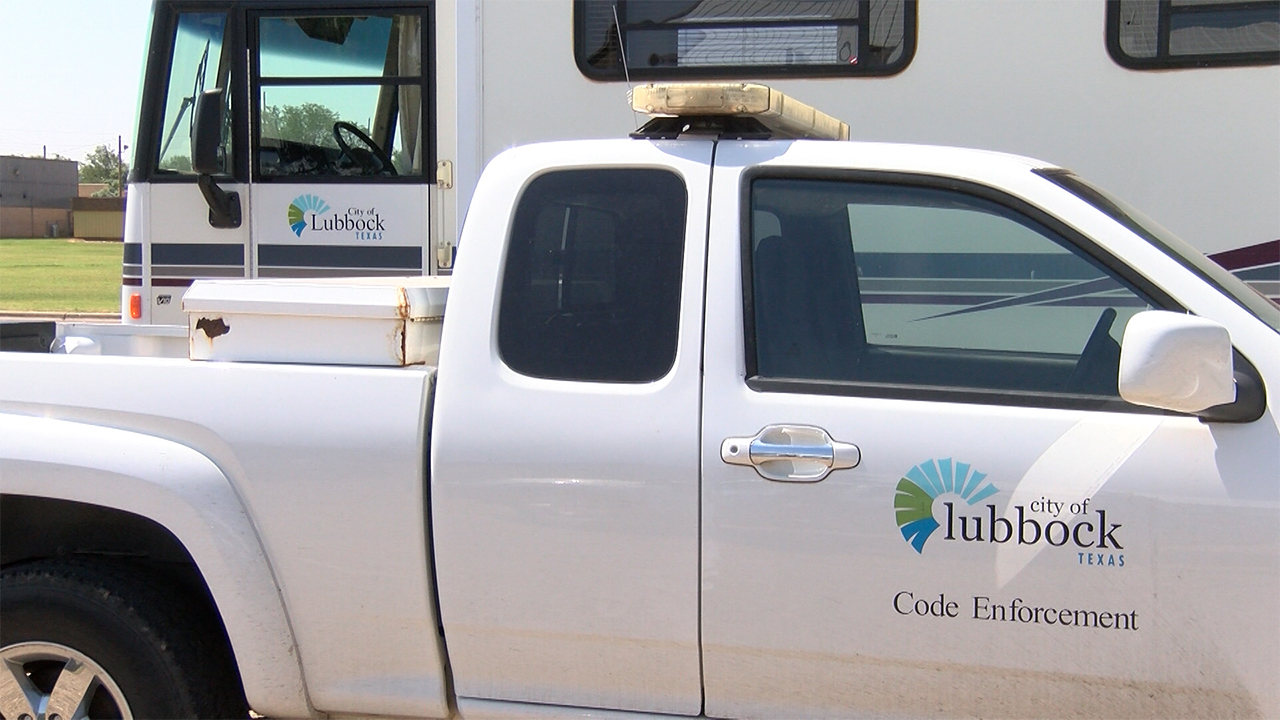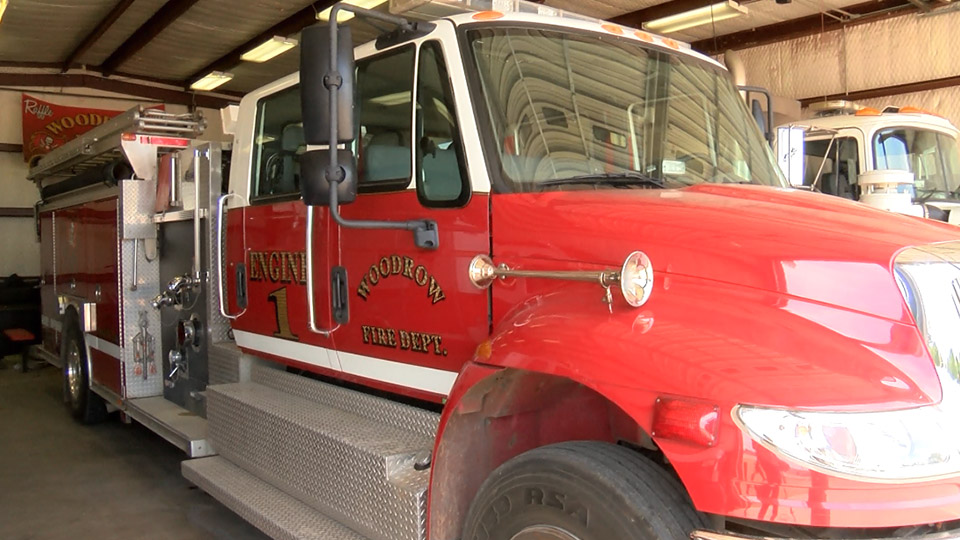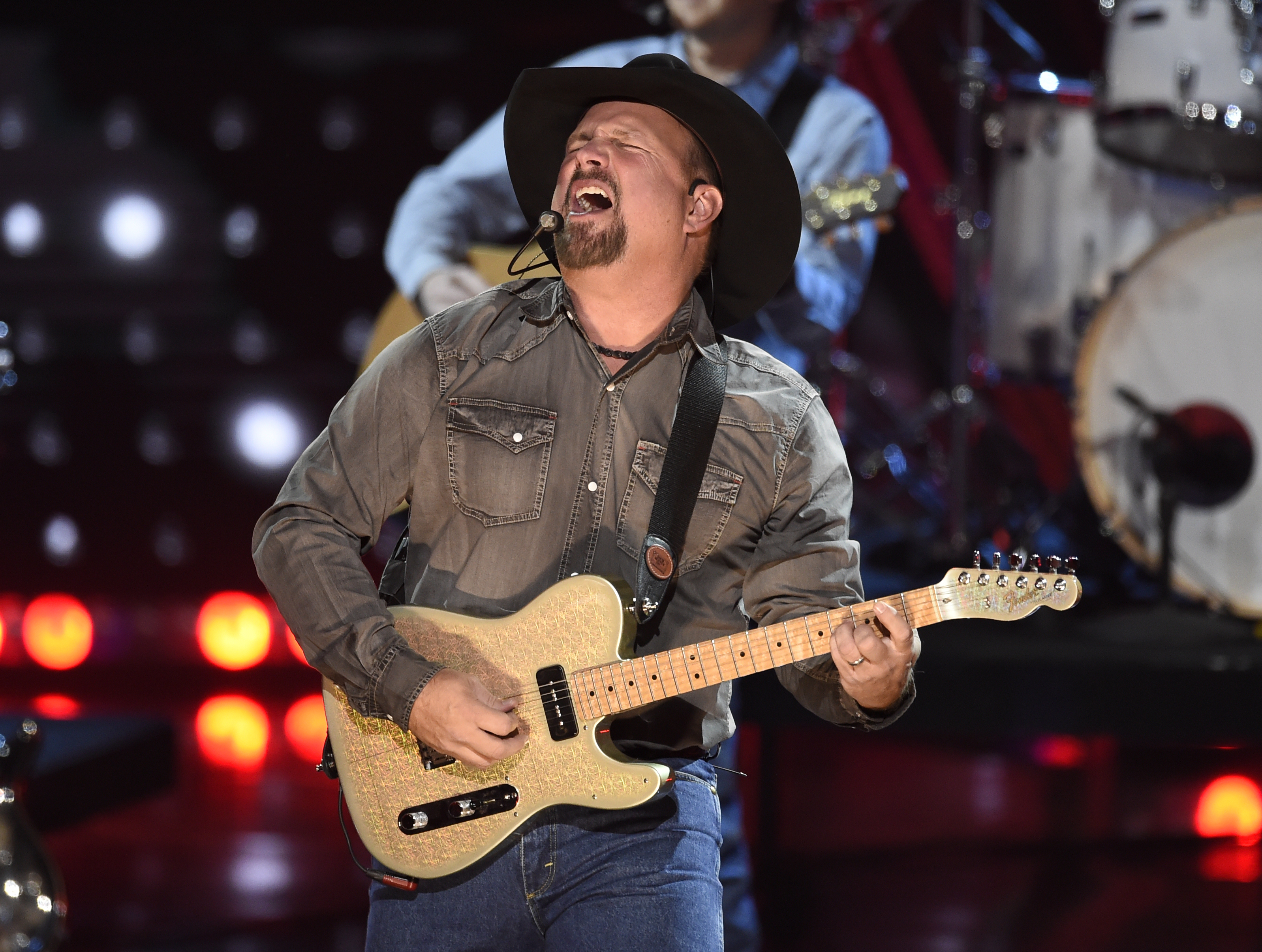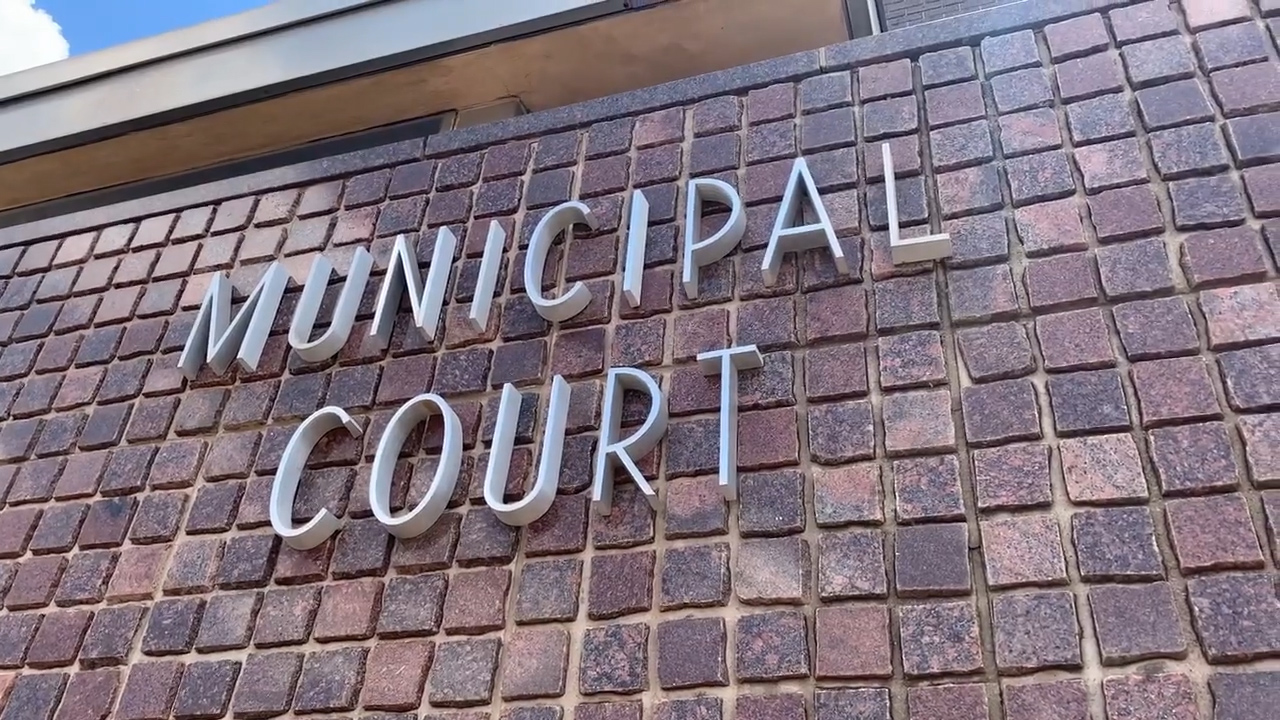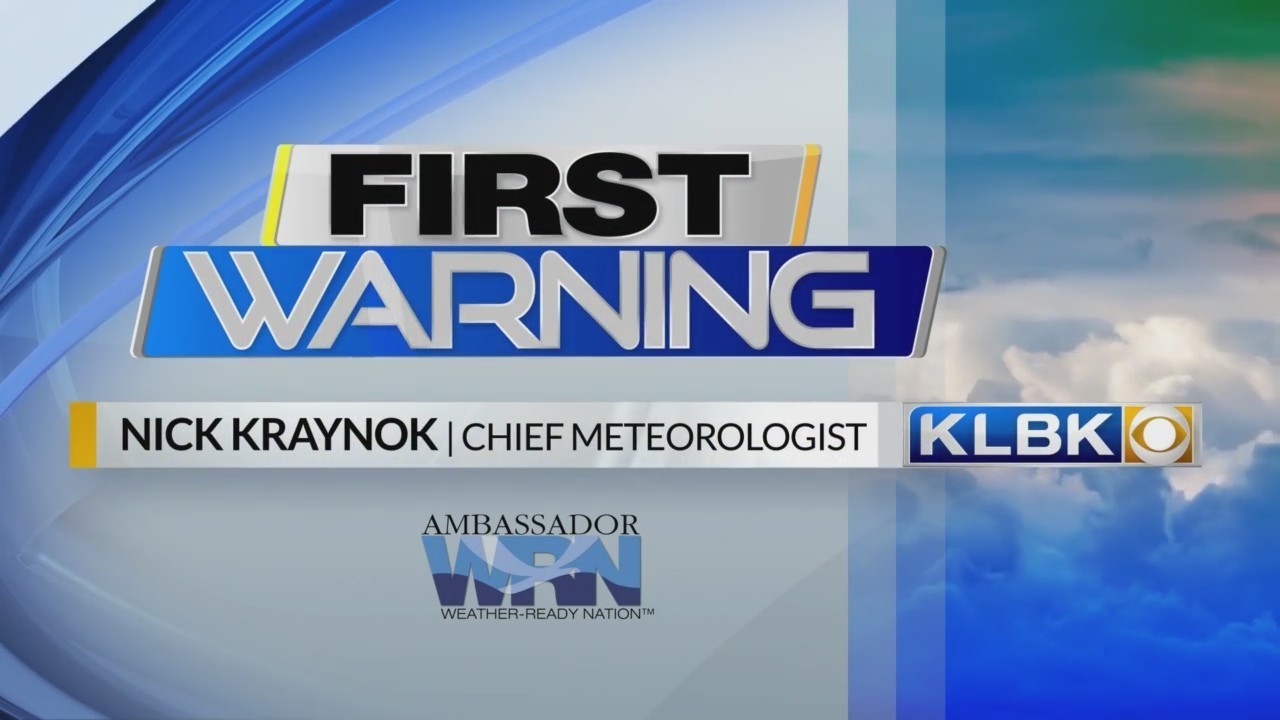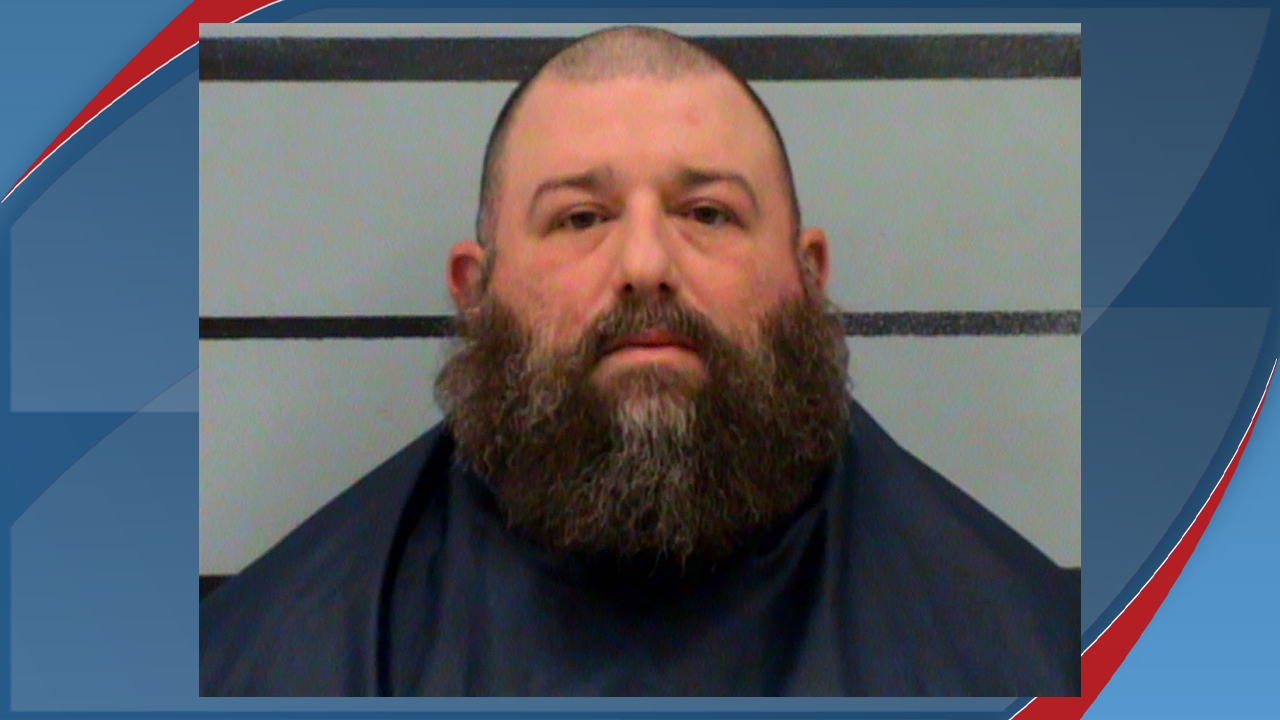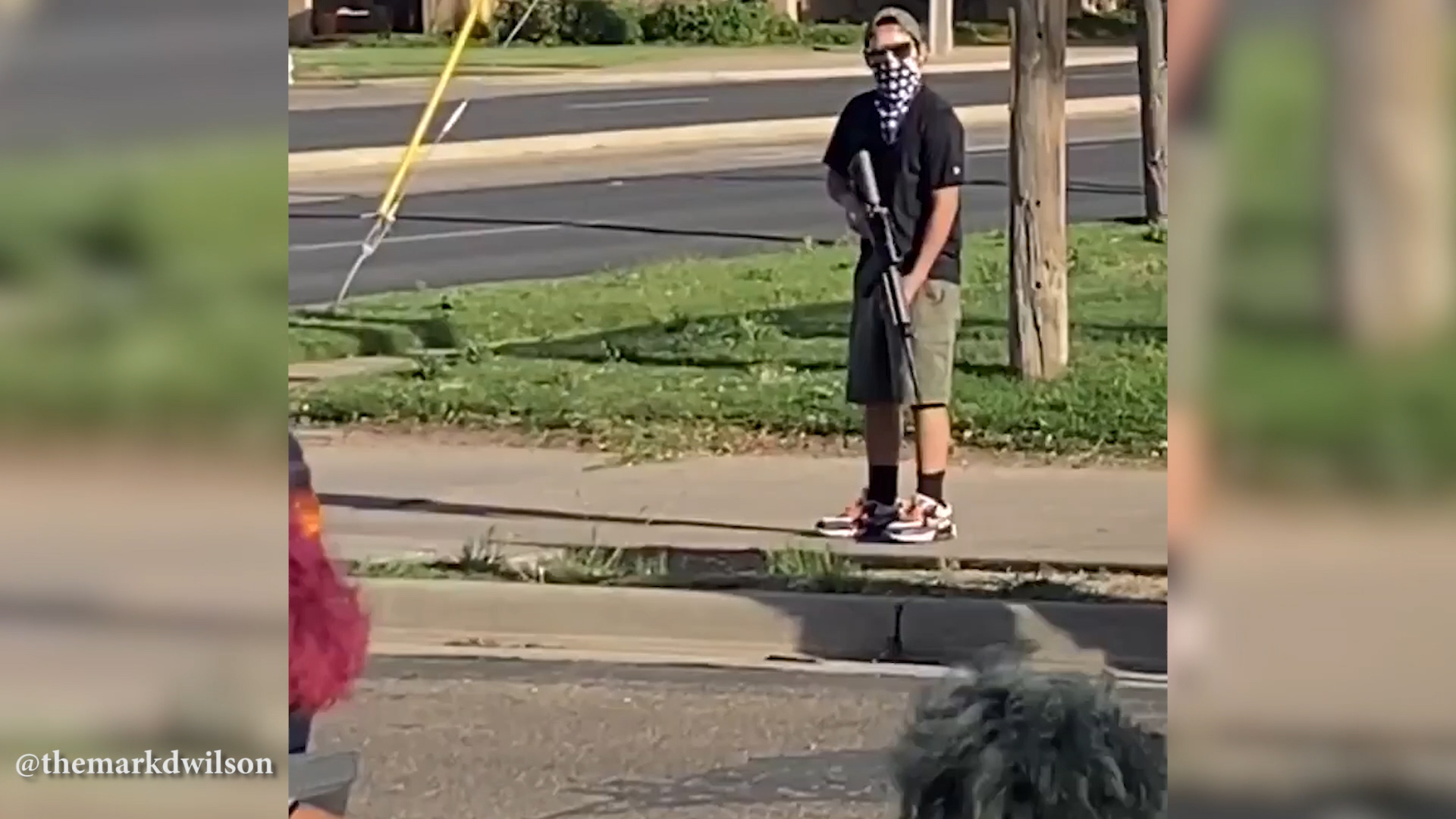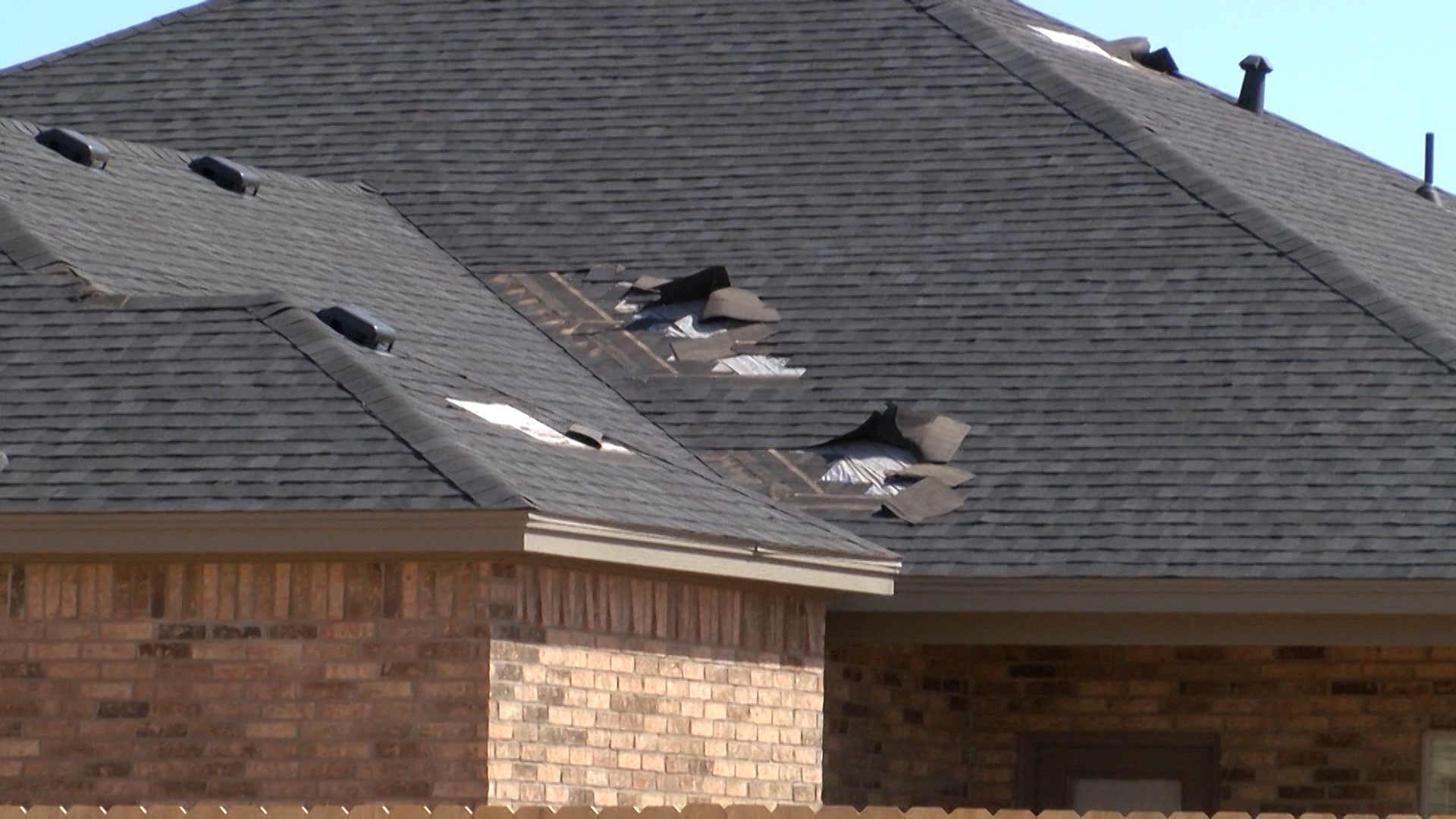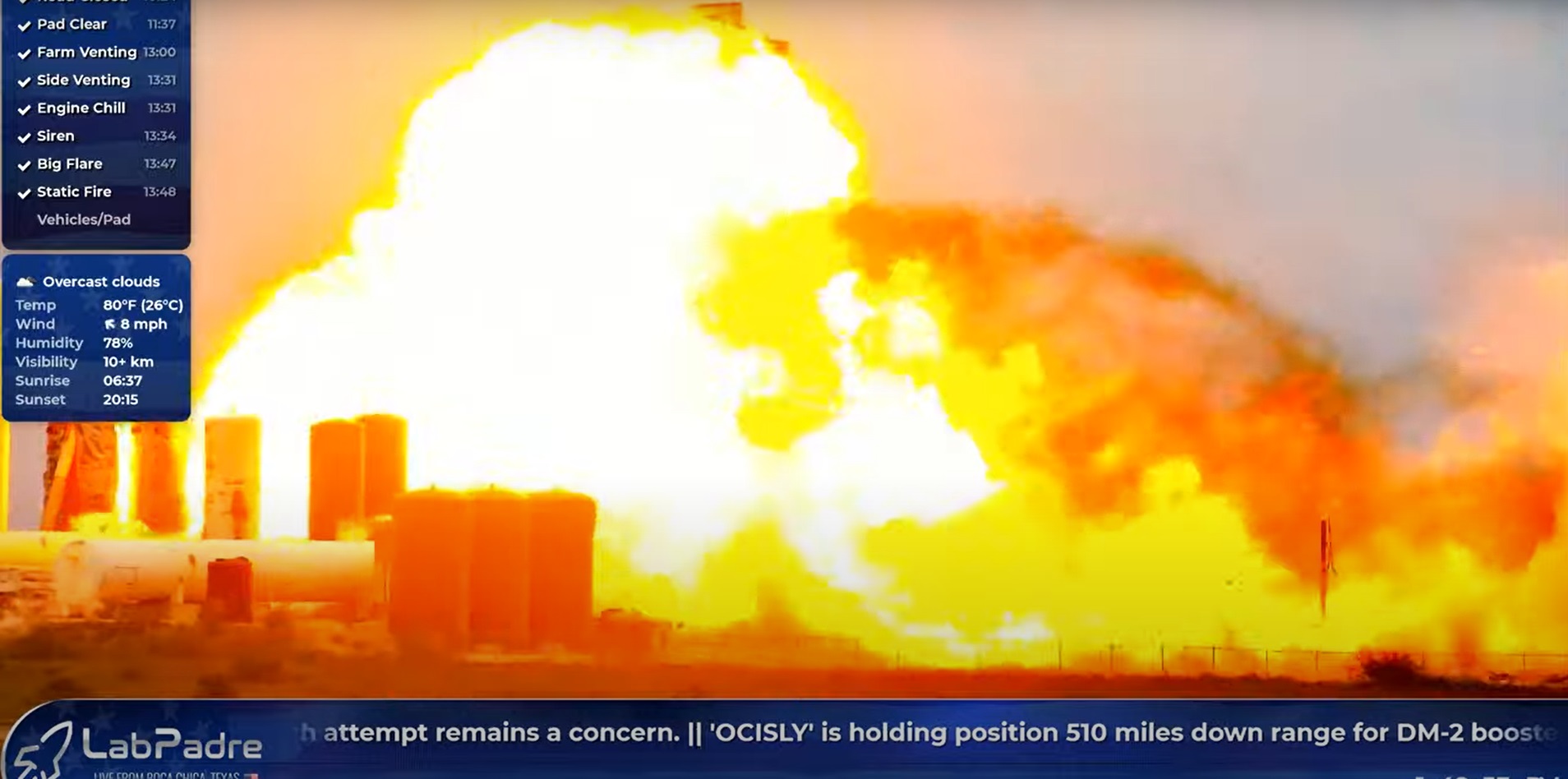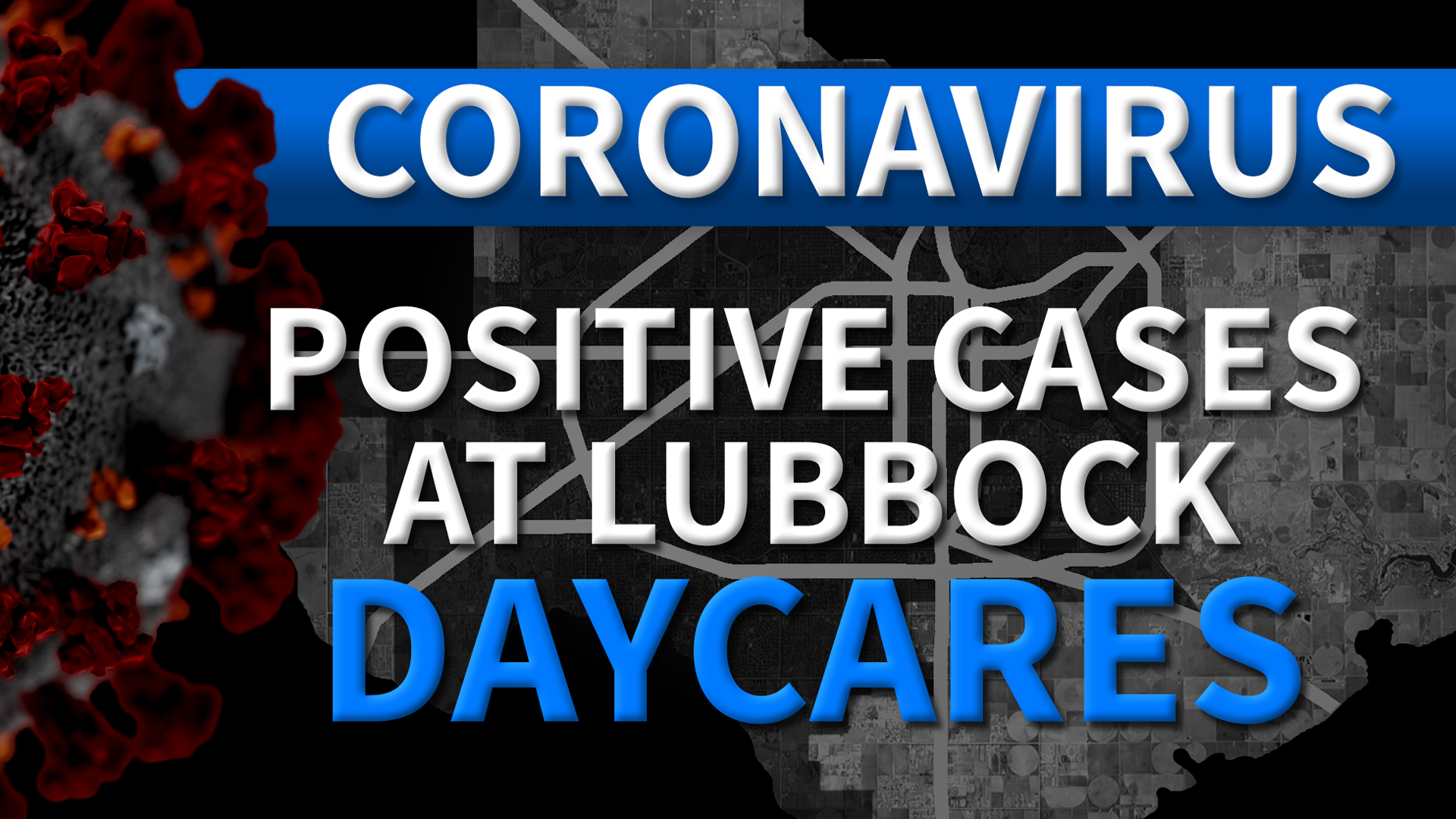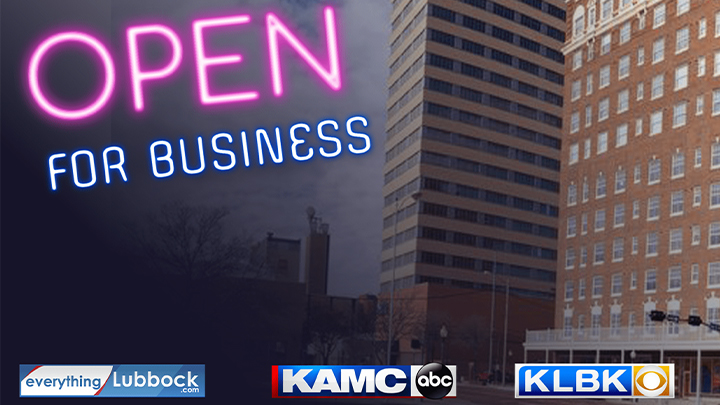The following is a news release from Texas Tech University:
Delong Zuo, an associate professor in Texas Tech University’s Department of Civil, Environmental and Construction Engineering in the Edward E. Whitacre Jr. College of Engineering, received a $243,000 grant from the National Science Foundation (NSF) to assess tornado loading on low-rise buildings.
“This is a collaborative research proposal between Texas Tech and the University of Arkansas,” Zuo said. “What we are trying to do is use both an experimental approach and a numerical approach to study tornado loading on buildings. Texas Tech is primarily doing the experimental study using our VorTECH tornado simulator, and the University of Arkansas is doing the numerical study on a computer model. Our plan is to first validate the capability of the numerical, computer model to simulate the tornado itself. Then, we want to test some shapes and building models in our tornado simulator.”
Though the University of Arkansas will handle the bulk of the numerical study, Zuo and his team, which will include a graduate and undergraduate student, also will develop numerical models during the experimental process to further validate the findings.
“We also want to use the numerical model to do the same exact study so we can compare the numerical results and the experimental results,” Zuo said. “This way, we can validate the numerical model. Once the numerical model is validated, the hope is that we can do research regarding tornado loading on buildings numerically.”
This grant comes on the heels of an NSF-sponsored collaborative project Zuo received last year with Darryl James, vice provost for Institutional Effectiveness, professor in the Department of Mechanical Engineering and faculty affiliate of the National Wind Institute. It’s also a continuation of a long tradition of tornado-related research at Texas Tech.
“Last year, Professor James and I received a grant from the National Science Foundation to test building models in the VorTECH tornado simulator,” Zuo said. “We simulated wind flow that has tornado characteristics. We put building models on it and measured the pressure acting on the models to look at how the forces are working on the buildings, how the buildings fail and what we can do, potentially, to help the building resist tornado damage.”
The new project builds on Zuo’s and James’ previous work in hopes of making buildings more resilient during tornadoes.
“What we hope to accomplish with this grant is to evaluate how a building behaves in a tornado,” Zuo said. “Is the building safe or not? What do we need to do to enhance the resistance of a building to tornado damage? Right now, if you design a building in the U.S., there’s no code for tornadoes. Current building codes are only for what we call ‘straight-line’ wind.
“Tornadoes, they swirl. You can say hurricanes go straight. It’s a swirling flow also, but it’s of such a large scale that you can say it’s straight. The code for building design is just for that kind of wind now. It’s not for tornadoes because it’s very challenging to understand tornadoes. The ultimate goal is to reduce the cost of a tornado, which is human fatalities and the loss of property.”
CONTACT:
Delong Zuo, associate professor, Department of Civil, Environmental and Construction Engineering, Edward E. Whitacre Jr. College of Engineering, Texas Tech University, (806) 834-6535 or delong.zuo@ttu.edu
(News release from Texas Tech University)











